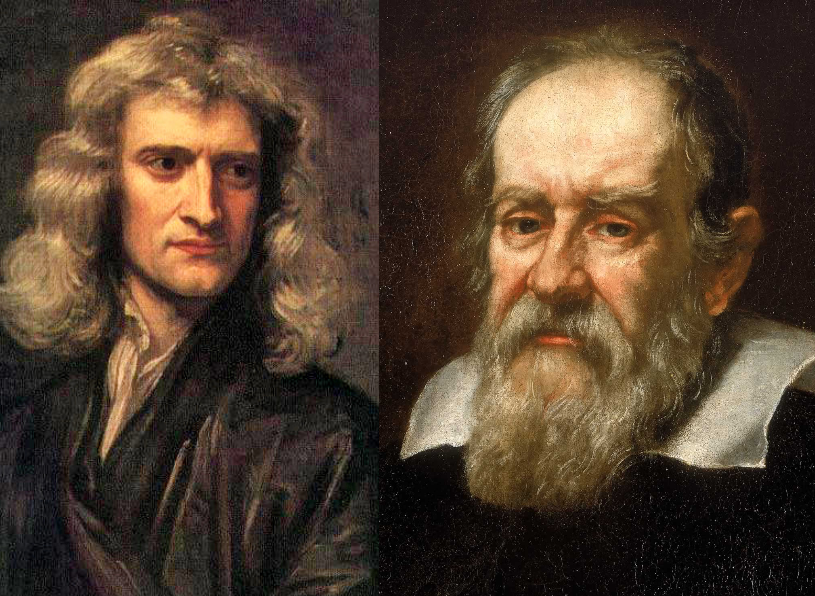Spacetime coordinates in one IRF can be used to calculate spacetime coordinates in another IRF, when given the relative velocity of IRF2 to IRF1.
One can use the vector displacement method to write Galilean coordinate transformation equations, simplified to one dimension and uniform relative velocity. For example, for two different coordinate systems S and S^{\prime}, the vector displacement equation would be x_1={x_{1}}^\prime+v{\Delta}t.
In this diagram, x and x^{\prime} denote position in coordinate systems S and S^{\prime}, and the measured distance (length along the x-axis) can be denoted with the equation {\Delta}x=x_2-x_1. Time in the systems is denoted as t and t^{\prime}, and an interval of time can be denoted as {\Delta}t=t_2-t_1.
Galilean stated that time is consistent, and t=t^{\prime}, {\Delta}t={\Delta}t^{\prime} for any reference frame.
When looking at relative motion, the Galilean law of velocity addition is u=u^{\prime}+v. Note that all these quantities are vectors!
In Galilean transformations, acceleration is invariant. However, in Einstein’s relativity, acceleration is not invariant.
Newton’s postulates of space and time state that absolute space and time are independent from reference frames. However, Newton describes motion as always being relative.
Definition: Postulates are basic assumptions without proof used to make rules for scientific theories, that are neither right nor wrong.
Newton’s postulates also state that IRFs are identical concerning the laws of physics, and there is no experimental evidence to claim that any IRF is truly at rest, and measurements of space and time are made independent of any given frame of reference.
Galileo, Newton and Einstein agree all uniform motion is relative.

